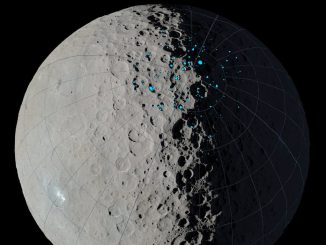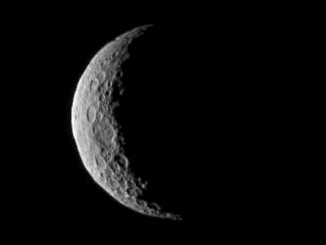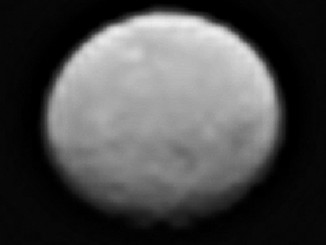
Dawn maps Ceres craters where water ice can accumulate
Scientists with NASA’s Dawn mission have identified permanently shadowed regions on the northern hemisphere of dwarf planet Ceres. Most of these areas likely have been cold enough to trap water ice for a billion years, suggesting that ice deposits could exist there now. These permanently shadowed regions could be colder than those on Mercury or the Moon.








